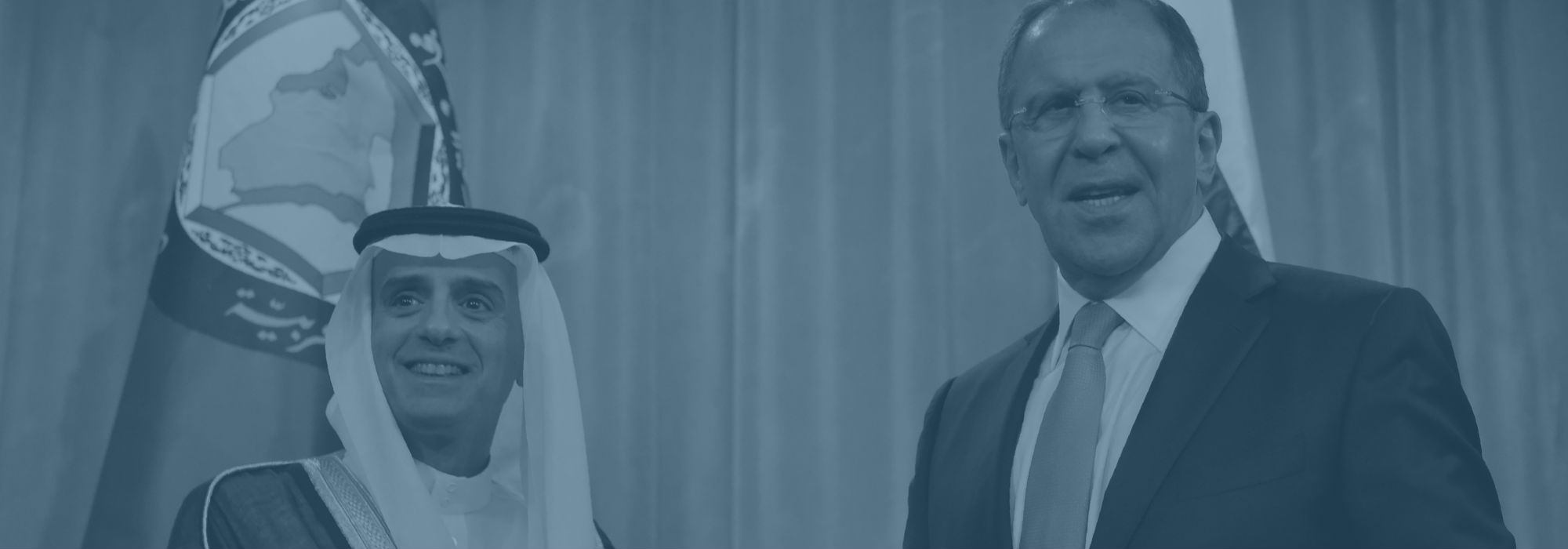By Antonia Colibasanu
The members of the Organization of the Petroleum Exporting Countries (OPEC) announced last week that they have agreed to cut oil production. We will see whether they actually reach an understanding at the end of November. The media has trumpeted the event as a success for OPEC, which hasn’t gotten this close to adjusting its production quotas since 2008, when it had to adapt to the market in light of the financial crisis and its impact on the energy sector. This time, however, the influence and support of non-OPEC member Russia has helped build the momentum for an OPEC understanding.

The world today looks very different from the 1970s when OPEC was an efficient cartel controlling most of the energy market. The U.S. has invested in technology to increase oil production and productivity. While still important, oil has lost some of its share of global energy consumption. Recent data released by the World Trade Organization and International Monetary Fund indicate that declining international trade and economic growth will continue. This is not good news for the oil market. Energy consumption depends on economic activity.
The financial and economic crisis in 2008 caused a decline in foreign imports, particularly in the U.S. and Europe. China was most affected, as most of its exports went to the American and European markets. The slowdown forced Beijing to import fewer industrial commodities. In turn, that triggered a decline in oil prices, coupled with an increase in supply.
Since 2010, the hopes for a relative economic comeback driven by the American recovery led to rising oil prices. That ended in 2014, with the European Union’s ongoing economic problems and political disintegration coupled with the Ukraine conflict and the escalation of the war in Syria. The Chinese economy hasn’t picked up either, due to its structural problems and continued decline in demand from the U.S. and Europe. All these factors help depress the energy sector.
OPEC has lost much of the control it used to have over the oil market. The cartel now accounts for only 40 percent of global oil production, though members have more than 70 percent of global reserves. Members have reportedly chosen to focus on increasing their market share since 2014. The U.S., Russia and China (none of which are in OPEC) are now top global oil producers whose actions influence the price of oil. This is why maintaining and increasing current market share is important for OPEC members – it is the only way they can maintain some influence over oil prices.
The latest report by the International Energy Agency shows that increased production by Saudi Arabia, Iran and Iraq has resulted in Middle East producers accounting for 35 percent of global oil supplies, the highest level since 1975. But the report also confirms that some Gulf countries with the capacity to increase production have not done so. Iran has even slowed down the production pace after steep growth in the first five months of this year. Iraq has also slowed down the pace of production after record output in January 2016 and, considering security concerns and infrastructure damage, it is unlikely the country will increase oil production soon. Only Saudi Arabia that has sustained its increased oil production.
Saudi Arabia has increased production at the same time that its economy has been hit by low oil prices. Oil revenues make up 90 percent of the government’s budget and 40 percent of the country’s GDP. Saudi Arabia ran a deficit of 21.6 percent of GDP in 2015 – up from 3 percent in 2014 – and Riyadh hopes to cut that to 13 percent in 2016. In August, it was reported that the Saudi central bank offered to provide an unspecified number of banks in the kingdom with $4 billion in loans for one year in order to boost market liquidity. But $4 billion is a small amount considering the size of the country’s economy. The loans indicate that Saudi Arabia is reaching a breaking point due to low oil prices and saw the need to act, as the OPEC strategy of focusing on increasing market share is clearly not accelerating the oil market correction.
Russia is in a similar position. Russia’s oil exports account for more than 50 percent of budget revenues and fuel Russia’s economic growth. Low oil prices have sent Russia into its second economic recession in less than 10 years, and it had not fully recovered from the financial crisis in 2008. The dire economic situation has led to social problems, forcing the Kremlin to look for solutions.
Because of this, Russia has supported the idea of an OPEC production cut since early this year and even sought an understanding with Saudi Arabia. On the sidelines of the G20 summit in Hangzhou, Saudi Arabia and Russia agreed to establish a working group and cooperate on a bid to stabilize the struggling energy market.
The agreement between Moscow and Riyadh will not align the two countries’ foreign policies, nor will it spill over into other areas, even if it may have facilitated the understanding between the Iranians and the Saudis inside OPEC. There is no indication that Russia will change its position in the Middle East. In Syria, Moscow will continue to support Bashar al-Assad and the Saudis will continue to try to topple him.
The Iranians have realized that even with sanctions lifted, oil sales will not be able to solve all of their economic problems. But the oil industry is still a key sector for bringing immediate benefits, no matter how limited they are. Therefore, the agreement between Russia and Saudi Arabia, as well as the OPEC meeting last week resulting in a potential understanding between Iran and Saudi Arabia, mean that all three countries have reached a point where the price of oil is the real issue. It is at the core of their countries’ stability.
Every time OPEC makes a positive announcement, the market reacts and oil prices rise. The problem is that such a rise is short term, and there is no reason to believe that this time will be different. The market will not allow sustained growth. Even if the OPEC agreement is confirmed, the production freeze and the prospect of higher oil prices will be a strong incentive for drilling rigs in Canada and the U.S. to get back online and pump more expensive oil than Middle East producers. That increased supply will then lower prices. But that will take some time. Therefore, Russia and Saudi Arabia’s work toward an OPEC understanding is in fact buying them what they need most: time.






 The Geopolitics of the American President
The Geopolitics of the American President